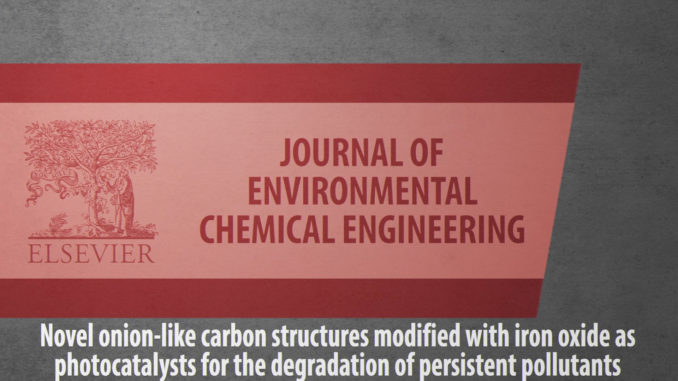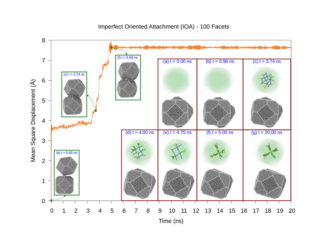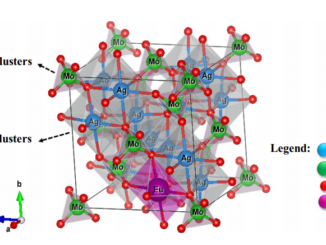
Novel onion-like carbon structures modified with iron oxide as photocatalysts for the degradation of persistent pollutants
Abstract: A new photocatalyst based on onion-like carbon structures has been designed by heat-treating a modified phenolic resin (PR) modified with ferrocene (Fc). Its photocatalytic activity was investigated by degrading the methylene blue (MB) dye in the presence of UV–vis light. The catalyst was characterized by X-ray diffraction (XRD), Transmission Electron Microscopy (TEM) and Diffuse Reflectance Spectroscopy (DRS) moreover, the Brunauer-Emmett-Teller (BET) method was used to calculate the surface area. The carbon-iron catalyst (PR-Fc) presents high surface area and its structure is composed of amorphous carbon, graphite, γ-iron, Fe3C (cementite), α-Fe2O3 (hematite), and γ-Fe2O3 (maghemite). The results indicate 100% of dye degradation and removal of 97% of the organic load after just 60 min of reaction. The catalytic efficiency of PR-Fc for degradation was maintained in reuse experiments, with a decrease of only 23% after the third cycle. The PR-Fc photocatalyst is reusable and quite stable, thus it has enormous potential for treating organic pollutants.
Author(s): C.G.Renda; L.A.Goulart; C.H.M.Fernandes; L.H.Mascaro; J.M.de Aquino; R.Bertholdo
Journal of Environmental Chemical Engineering
Published: February 2021, Volume 9, Issue 1, 104934




